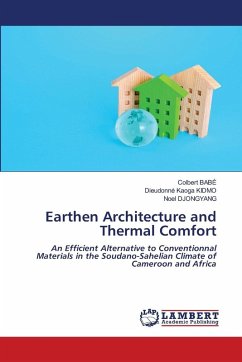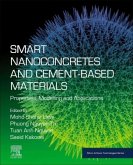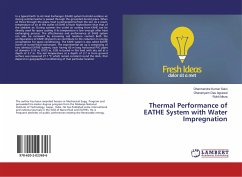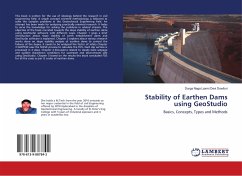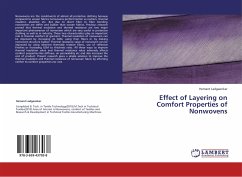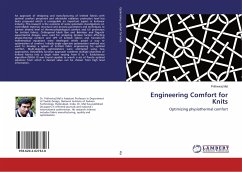In the face of climate change, rising temperatures, and energy poverty, adopting sustainable, accessible, and locally adapted building solutions is more urgent than ever. This book explores earthen architecture as an intelligent response to thermal comfort challenges in Sudanian-Sahelian regions, particularly in Cameroon and across Africa, where shaded temperatures often exceed 45°C. Drawing on case studies, laboratory results, and fieldwork, the author evaluates the thermal and mechanical performance of stabilized earthen bricks reinforced with small amounts of natural fibers such as millet stalks and neem leaves, in comparison with conventional materials. The findings highlight the advantages of thermal inertia, insulation, and reduced cooling energy needs. Aimed at researchers, architects, engineers, planners, students, and policymakers, this book promotes frugal design grounded in science and local knowledge. It shows that earthen architecture is not a thing of the past, but a resilient, healthy, and energy-efficient solution for hot and arid regions of Africa.
Bitte wählen Sie Ihr Anliegen aus.
Rechnungen
Retourenschein anfordern
Bestellstatus
Storno

